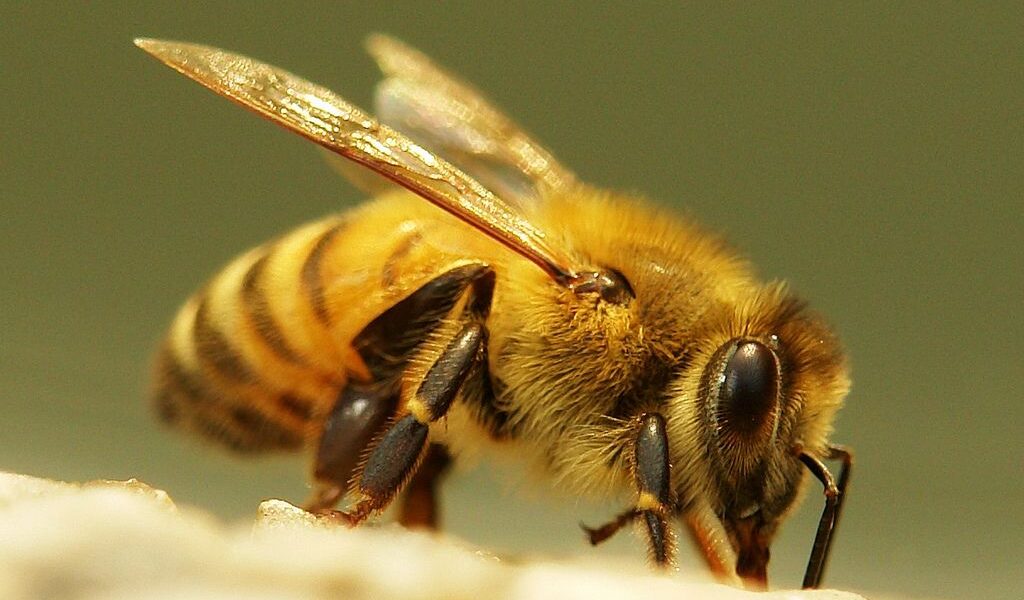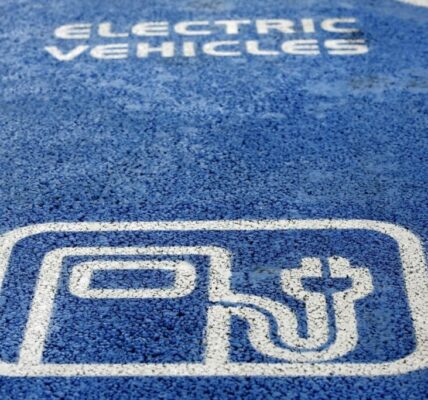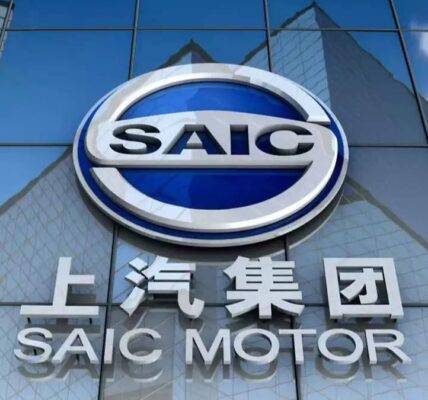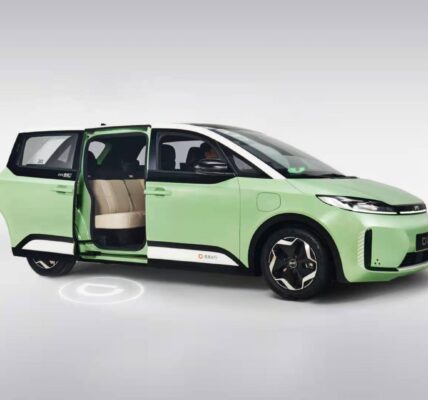The foraging behaviour of honeybees might be a useful tool in figuring out the best, most energy-efficient routes for electric trackless rubber-tired vehicles (ETRVs) which are crucial for mining operations and transportation.
New research out of Tsinghua University explains that limitations of ETRVs include excessive energy consumption, potential operational safety issues and a lack of control when considering load size, slope, and vehicle avoidance. Thus, finding out the routes these vehicles can take by using an improved artificial bee colony algorithm can minimize potential issues all while reducing the energy consumption of the vehicle.
In a paper published in the journal Complex System Modeling and Simulation, the Tsinghua scientists note that experimental results on four real-world instances indicate that their improved artificial bee colony algorithm (IABC) outperforms other comparative algorithms and the special designs in its three phases effectively avoid premature convergence and speed up convergence.
Other nature-inspired algorithms
IABC isn’t the only algorithm tested in this study, though it did seem to be the most effective in setting up routes that are energy efficient.
Other colony models researchers used to determine what route may be the most effective include particle swarm optimization, which utilizes the randomly selected (stochastic) social interactions of swarming agents to look for the best solution in a given space, as well as genetic algorithms, which employ the theory of natural evolution for problem-solving, and ant colony optimization which ideally will find the shortest path to a solution.
Parameters were set amongst all four algorithms used to ensure a fair comparison, including population size, the maximum number participating in a neighbourhood search and weight. The artificial bee colony (and the other colony models) was tasked with searching for a food source. The best, least energetically costly route the artificial bees take is likely the best, least energetically costly option for the ETRVs, too.
Within the IABC there are three strategies: adaptive neighbourhood search for employed bees (those who go to the food source and return to the hive and dance), adaptive selection probability for onlookers (those who evaluate nectar information via the dance of employed bees) and knowledge-driven initialization for scout bees (employed bees whose food source has been abandoned and searches for a new food source).
“IABC achieves the most competitive solution in all instances and is significantly better than its variants. This proves that three newly designed strategies are helpful to effectively enhance the algorithm performance,” Yinan Guo, lead author of the paper, said.
Following food sources
To solve the problem of electric vehicle routing, load size, slope, energy consumption, vehicle avoidance and driving state all need to be considered, and the adaptive neighbourhood search strategy helps guide the bees to the more appropriate area. The onlookers adjust their selection of food sources based on quality and evolution efficiency, and the scouts help to improve convergence efficiency and population diversity, producing better solutions for the population.
The implicit parallels between bees searching for the best route to reach their food and an ETRV taking the most energy-efficient route can be seen plainly when given the comparison. With the increasing number of service nodes, the search space is expanded dramatically, and the algorithm’s performance becomes worse. The most effective solution tops out at 15 service node stops, with a particular pattern between the nodes that should minimize carbon emissions and energy consumption.
Future work for the researchers involves scheduling heterogeneous TRVs with variable powers built into the vehicle. They believe this will help to eliminate some of the problems related to energy consumption the IABC doesn’t quite account for, such as the limited ability for cruising, speed adjustment and road conditions. These are complex issues to address with any algorithm, but the groundwork done using IABC might be enough for studies in the coming years.






